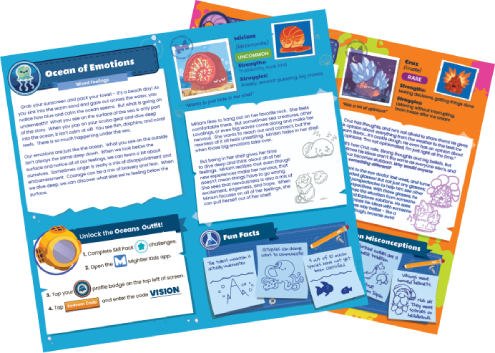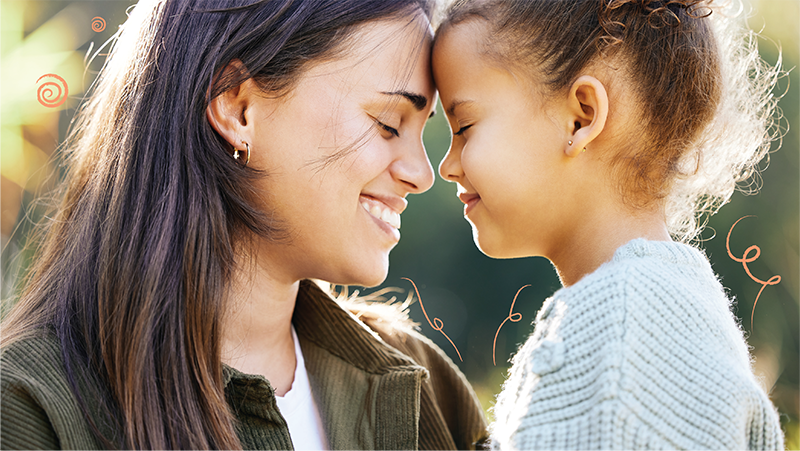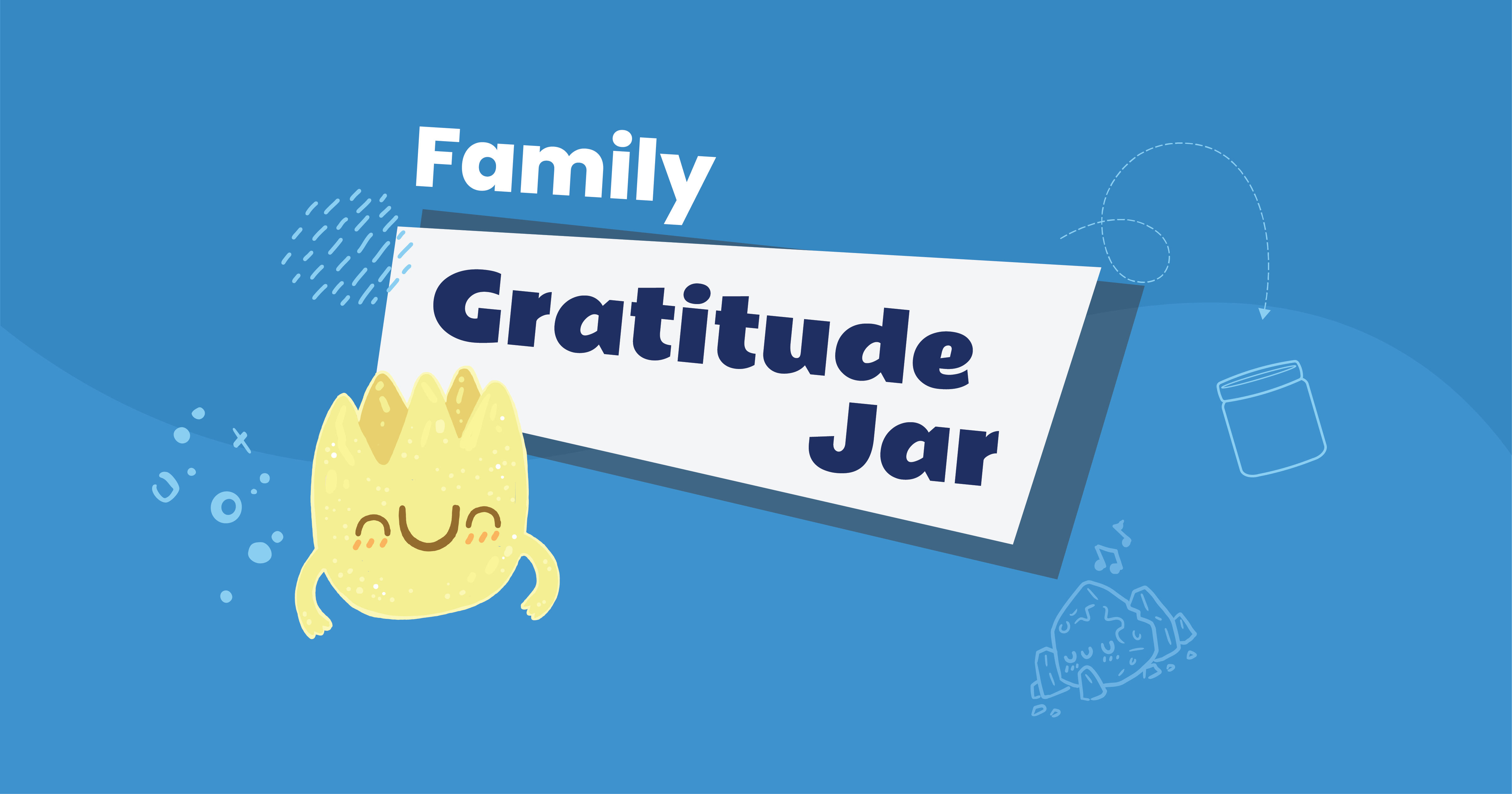Empathy is often confused with sympathy. Sympathy, which is the feeling of pity for someone else, is very different from empathy, which is the ability to understand and share the feelings of another person. Empathy requires a person to be able to think about the feelings of others and to be there with that person in their time of need. Cognitively and developmentally it requires perspective taking, flexibility, and social awareness.
At What Age Should a Child Show Empathy?
While some people may be naturally more empathetic than others, empathy is an ability that develops and is learned. The development of empathy tends to naturally happen as children get older due to a combination of biology and learned experiences. Many experts report that you cannot expect young children under 5 to show empathy due to their stage of development and lack of lived experience. Around the age of 8 is where children begin to show empathy towards others.
How Do I Help My Child With Empathy?
Many parents are fearful that their child has a lack of empathy. Parents often share that their child engages in callous or unemotional behaviors or that they do not take another person’s feelings into account during play or day to day activities. It can feel unnerving to experience a lack of empathy from your child, but there are ways that we can help children to better understand others’ feelings and to develop empathy.
Engage in genuine empathy for your own child
The best way for a child to learn what empathy is is to feel empathy themselves. Next time your child is having a tough time and is engaging in disruptive behavior or a big emotion, see how you can respond with empathy. For example, if your child came home from school and expressed that their friend left them out of a game during recess, respond with empathy. Have them feel what you hope they can help other people feel. Acknowledge your child’s feelings by saying something like, “That sounds like it was really hurtful to be left out today at recess.” Channel your own emotions and put yourself in your child’s shoes. Another example, often common with toddlers, is how you can respond when your child hurts someone else. Rather than the standard, “Go say your sorry,” which merely teaches children to go through the motions of “saying sorry” without actually feeling sorry, model empathy. Express your own concern for the child who was hurt, and help your child develop care for the other child and awareness of their actions. “I can see that was really frustrating, but we know hurting others is never okay. Let’s go check on them and see how they’re feeling,” teaches children how to be empathic, even when they’ve acted inappropriately.
Model empathy in everyday situations
From a young age, we can help children to start engaging in perspective-taking through modeling. For younger children- you can model empathy towards characters in books, movies, or in play. For school-age or older children you can focus on family members, friends, pets, or strangers. You can share empathetic statements that show you are taking the perspective of others like, “Simba seems very sad that he lost his father.” You can also model how to support someone emphatically in front of your child. For example, if you were at the child’s grandmother’s house and she cannot find her cat, you can, in front of your child, engage in empathetic statements towards Grandma and say things like, “I know this is hard, we are here with you.” Make sure you are using empathetic body language and facial expressions in front of your child so they have examples of what empathy towards others looks and feels like.
Play an “empathy I-spy” game
A great way to encourage perspective-taking and thoughtfulness towards others is to have children attempt to think about what others may be thinking or feeling when they are calm and excited. One way to do that is by making perspective-taking fun. Challenge your child to a game of “empathy I-spy.” To do so, sit with your child in a spot where you can see many people (i.e. a park bench overlooking a playground or a seat in a mall food court). Sit with your child and take turns asking what certain people may feel and what you can do to help. Take turns asking about different people and model empathy towards others in your response. For example, you could say something like, “That little boy seems determined to get all the way across the monkey bars by himself. I can tell because he keeps trying and he is telling his dad not to help him. I would cheer him on to help him accomplish his goal.” By making perspective of taking a game, you are more easily able to encourage kids to engage and get excited about empathy.
Practice random acts of kindness
Similar to practicing genuine empathy towards your child, practicing genuine empathy towards others in your everyday life alongside your child can be a helpful way to engage your child in empathetic acts. It can also serve as a great model for your child what empathy looks like. With your child by your side, hold a door for someone, help an elderly neighbor carry their groceries inside, or volunteer at an animal shelter. Ask your child how these behaviors helped others, how it may have made the other person feel, and how it made your child feel. Ask your child how they would like to help others and their community so that you can engage in things that make them feel passionate and excited about helping others.
If your child is struggling with severe unemotional and/or malicious behaviors towards others, animals, or themselves reach out to their pediatrician to help learn more about managing these behaviors in another way.


















